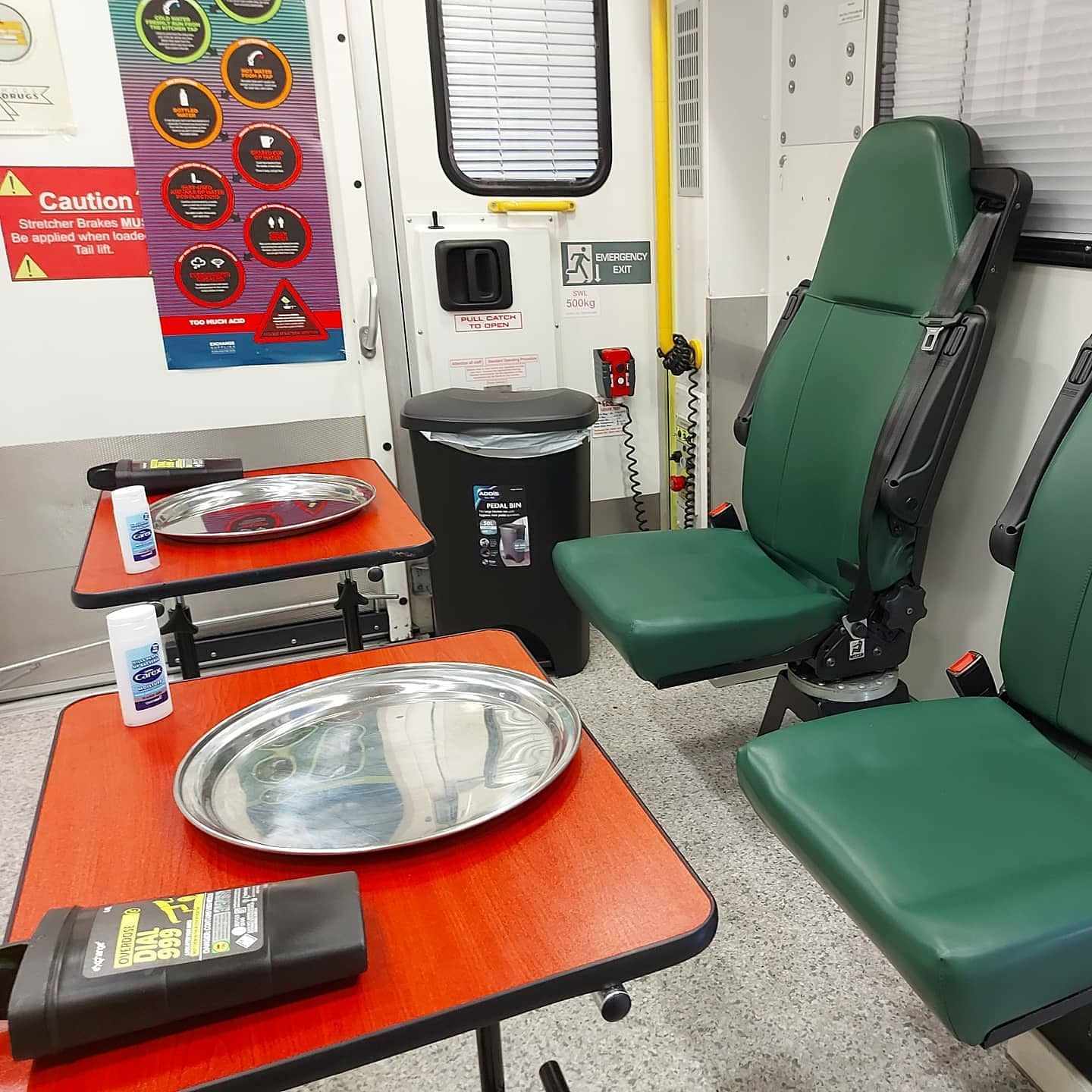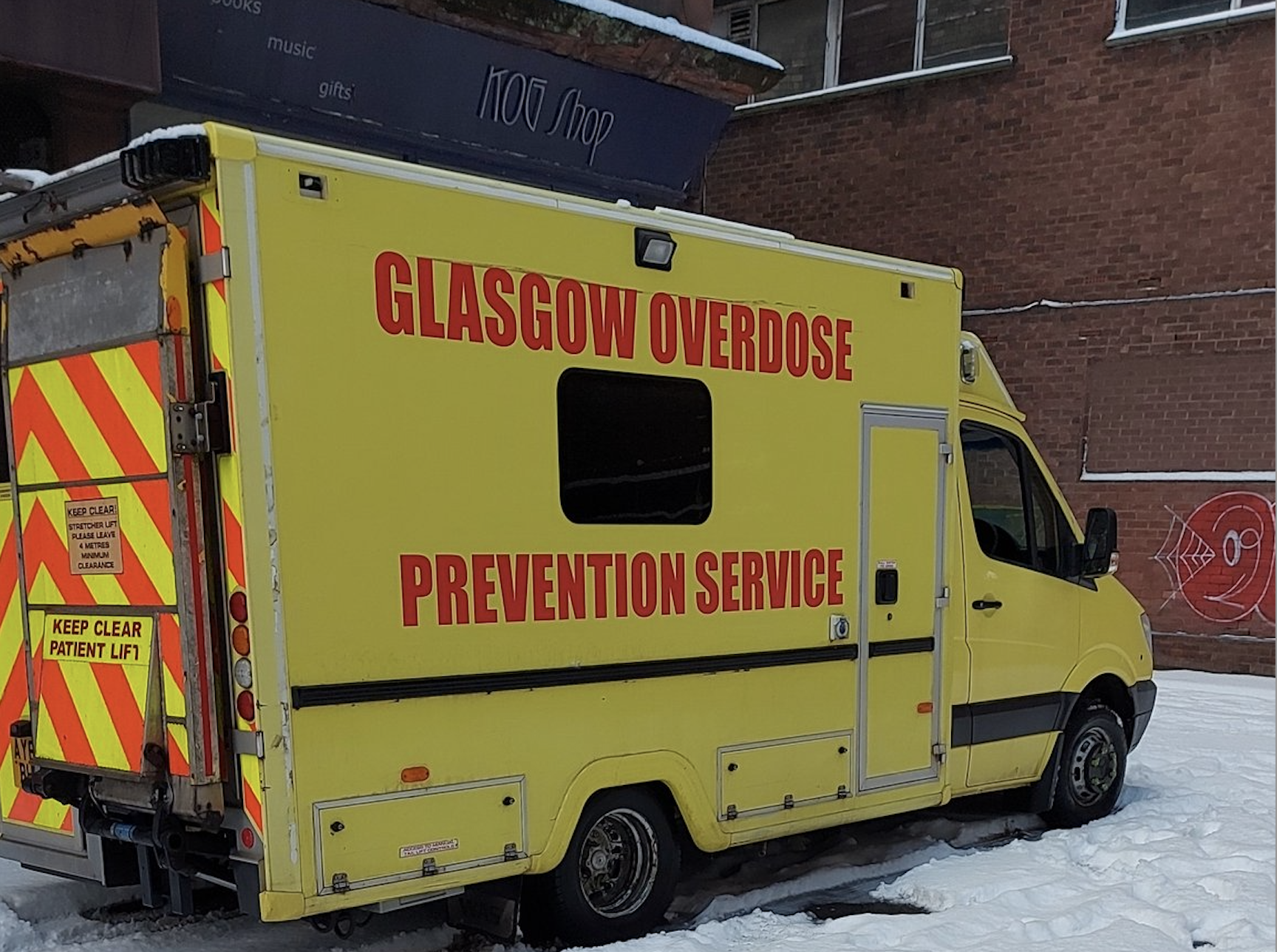In North America, fentanyl and other potent synthetic drugs in the supply have been associated with an unprecedented overdose crisis for over a decade. In Europe, this hasn’t happened—yet.
What has so far prevented this in Europe? How strong are signs that the continent’s drug market could completely transform, when its heroin supply is under great pressure? And if so, how well will European nations respond?
Alexei Lakhov is the executive director of the European Network of People who Use Drugs (EuroNPUD), having recently succeeded Mat Southwell in the role. With a long track record of harm reduction work in Russia, Lakhov has written for Filter about drug market trends there. He now lives in Germany.
“The heroin supply chains in Europe are more established, with consistent sourcing reducing the market space for synthetic alternatives.”
Lakhov attributes the relative lack of synthetic drugs in Europe, compared with North America, to three main factors: differing supply chains, market preferences and regulatory measures.
For now, “heroin remains the predominant opioid in Europe,” Lakhov told Filter. “The heroin supply chains in Europe are more established, with consistent sourcing from regions like Afghanistan, Turkey and now South-East Asia, reducing the market space for synthetic alternatives.”
Strongly connected with this, he continued, is “a relatively lower demand for synthetic opioids like fentanyl” among Europeans who use drugs.
In North America, fentanyl’s arrival was broadly unwelcome among heroin users. But as we grew accustomed to it, some of us—including me—came to prefer it. It makes sense that equivalent demand hasn’t been created in a continent that largely hasn’t been exposed.
Finally, “Stricter regulatory frameworks and control mechanisms in Europe help to monitor and restrict the import and distribution of synthetic opioids and their precursors,” Lakhov said.
But there’s evidence the supply is changing—particularly in one major European country.
Synthetic drugs like nitazenes and xylazine “are showing up frequently across all parts of the UK right now.”
Peter Krykant is the campaign lead for Cranstoun, a charity in the United Kingdom. With long experience in harm reduction, Krykant is known as “the man behind Glasgow’s drug consumption van.” He splits his time between the Scottish city and Barcelona, Spain.
Krykant told Filter that “one of the strange things” about the European context is how synthetic drugs like nitazenes and xylazine “are showing up frequently across all parts of the UK right now,” whereas “from my experience and bit of knowledge, we’re not seeing as many of those adulterants or synthetic opioids in the [continental] European drug supply.”
Krykant doesn’t know why this difference exists. But in the UK, nitazenes “aren’t just coming through the heroin supply, they are showing up in ‘oxycontin’ pills, they’re showing up in ‘Xanax’ pills, they’re showing up in benzos,” he said. So they’re encountered by “people who would not expect to be consuming an opioid, which is obviously extremely dangerous.”
Nitazenes are a class of synthetic opioids, also known as benzimidazole-opioids. Their potency varies, but some are reportedly far more potent than fentanyl. The BBC reports that nitazenes have “recently been linked to nearly three UK deaths a week on average.” For now, that’s a small proportion of the country’s total of approximately 6,000 overdose deaths per year—a severe crisis by European standards, which experts fear will worsen.
Xylazine is a non-opioid sedative, used as an animal tranquilizer, that’s become common in the drug supply in parts of North America, associated with harms including wounds and amputations. The first recorded UK death with xylazine present was in 2022; at least 11 more deaths were recorded in 2023 (other drugs were also present in all cases).
While the current impact of these particular drugs on mortality is limited, signs of a dramatic supply transformation have harm reductionists extremely anxious to get appropriate responses in place.
“Between 2009 and 2022, a total of 74 new opioids have been identified on the European drug market.”
Although changes to the supply are particularly apparent in the UK, that doesn’t mean they’re not happening anywhere else.
A European Monitoring Centre for Drugs and Drug Addiction (EMCDDA) report states that within the European Union in 2021, there were about 140 reported deaths involving fentanyl, some of which was “thought to be … diverted from medical use.” It adds that “between 2009 and 2022, a total of 74 new opioids have been identified on the European drug market,” most of them nitazines. Without having numbers, it also cites reports of harms and deaths related to nitazines and the fentanyl derivative carfentanil in the Baltic countries of Latvia, Lithuania and Estonia.
Lynn Jefferys, another veteran harm reductionist, is EuroNPUD’s operations manager. They previously worked in North America, and now live in Dublin, Ireland.
Estonia, for example, had “fentanyl and other synthetics showing up in the early 2000s,” Jefferys told Filter, and in fentanyl’s case “again in 2017-2018.”
“Nitazenes have been coming on the scene since last August, at least, in Ireland,” they continued. “They started popping up in Northern Ireland and Northern England in August 2023.”
How this is happening is clear enough, with established lab manufacturing and smuggling routes, and sales pathways including social media. But why is it happening now?
Following the crackdown, 2023 reportedly saw an “unprecedented” 85 percent fall in Afghan opium poppy cultivation.
A major reason, as Krykant said, is a big recent reduction in opiate production in Afghanistan, which is where most of Europe’s heroin originates.
In 2022, the Taliban government declared a ban on growing poppies, although doing so had always been formally illegal. Filter previously reported on this, and concerns for knock-on impacts for people using heroin traditionally sourced from the country. Following the crackdown, 2023 reportedly saw an “unprecedented” 85 percent fall in Afghan opium poppy cultivation.
This shortfall incentivizes trafficking groups to seek alternatives. And the Iron Law of Prohibition always favors more compact (meaning potent) substitutes.
The most relevant question now is how Europe can react to minimize harms linked with a changing supply.
“Discussions around lifesaving interventions such as safe supply and supervised drug consumption rooms are active in Europe and the UK,” Lakhov said.
Parts of Europe have a pioneering record on heroin assisted treatment.
“In terms of ‘safe supply,’ it’s a very North American term and places that are doing it over here don’t attach that same language to it,” Jefferys noted. But parts of Europe have a pioneering record.
In the UK, heroin prescribing has a long history, including a notable program in the 1980s and ‘90s in Northwest England. The practice continues today, though not on the scale harm reductionists would wish.
Other European countries, including Switzerland, Germany and the Netherlands, have also implemented heroin assisted treatment programs, demonstrating public health successes over many years.
Heroin assisted treatment refers to prescribing of diacetylmorphine, or pharmaceutical heroin, so people can rely on the composition and dosage of their drugs, helping to keep them safe and stabilize their lives.
It’s typically provided for people with opioid use disorder for whom medications like methadone or buprenorphine haven’t worked. However, most programs are very medicalized, requiring people to attend a clinic and take diacetylmorphine under supervision, which limits access.
Krykant, Jefferys and Lakhov agree that opioids, stimulants and benzodiazepines should all be made more widely available as safe supply medications.
Drug checking services are another vital response. Europe has more of these than most other parts of the world.
They naturally also support drug consumption rooms (known elsewhere as safe consumption sites or overdose prevention centers), which are proven to save lives by allowing people to use banned drugs in the presence of trained staff and resources to prevent harms.
According to the EMCDDA, at least 10 countries, overwhelmingly in Western Europe, had sanctioned facilities as of June 2023, though often only one or two of them. The Netherlands stands out, with 25 listed sites in the small nation.

Interior of unsanctioned drug consumption van in Glasgow
Expanding access to naloxone, the opioid-overdose antidote, will be critical. And drug checking services, which can inform people of unwelcome adulterants in substances they’re planning to use, are another vital response. Europe has more of these services than most other parts of the world, with notable examples in the Netherlands, Spain and the UK, among others.
Universal health care is a further advantage held by Europe, where most countries have some version of it.
But will European policymakers adopt, adapt and expand these and other resources enough to avert a potential crisis on a North American scale?
“I think right now we are sleepwalking into an absolute crisis here.”
Lakhov is cautiously optimistic. “Policymakers and health experts are increasingly advocating for harm reduction strategies to combat the rising drug-related harms,” he said.
But Krykant is deeply pessimistic about the UK’s prospects. “I think right now we are sleepwalking into an absolute crisis here; we are not going to see anything get better,” he said. “There’s not really any hope for the harm reduction and drug using community that things will improve, because we are not really seeing access to the alternatives that people need.”
A group of researchers, writing in the Lancet in January, similarly fear that nitazenes could herald “a second wave for the UK drug-related death crisis.” Identifying important harm reduction responses, they wrote: “Unfortunately, high levels of structural and social stigma pose a key barrier to drug policy innovation. Decision makers often oppose initiatives which the media and public might view as condoning drug use.”
“Governments today must again find the political capital to facilitate the policies needed to prevent many more deaths,” they concluded. “Actions taken now will not have been taken soon enough.”
Jefferys’ feelings about the wider continent are mixed. “I have hope for it, I mean in the way I have hope for drug policy in general,” they said. “I am a little bit worried about the EU drug strategy moving towards a more preventive and punitive kind of vibe … but I do have hope in the community; regardless of the state neglect, the community will respond.”
When Europe consists of many smaller countries, the picture is sure to be complicated.
“It’s interesting to look at the landscape of Canada and the landscape of Europe,” Jefferys, who is originally from Vancouver, continued. “Canada is obviously geographically huge, but in terms of policy and structure it is kind of homogeneous, and Europe is so different … its [countries are] so tiny, and there are so many different policies everywhere.”
Figuring out European responses, they concluded, is “like a big puzzle.”
Photographs courtesy of Peter Krykant





Show Comments